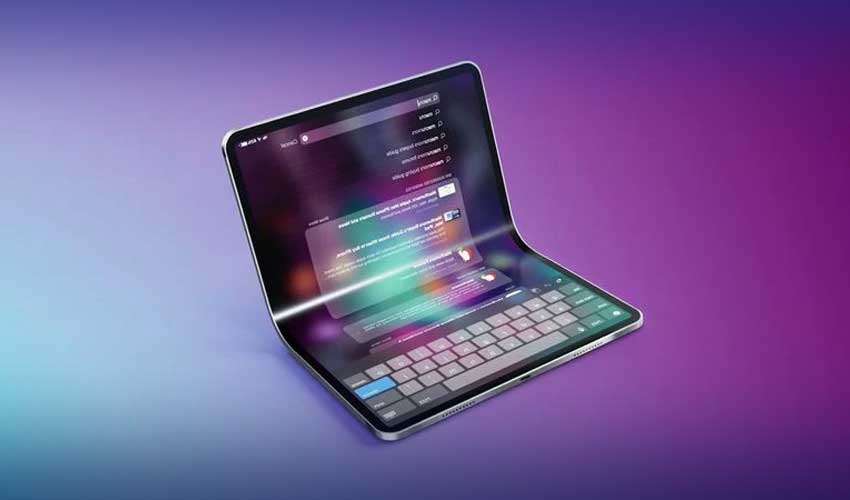The U.S. economy grew at its slowest pace in nearly two years as a jump in imports to meet still-strong consumer spending widened the trade deficit, but an acceleration in inflation reinforced expectations that the Federal Reserve would not cut interest rates before September.
The slowdown in growth reported by the Commerce Department in a snapshot of first-quarter gross domestic product on Thursday also reflected a slower pace of inventory accumulation by businesses and downshift in government spending. Domestic demand remained strong last quarter.
"This report comes in with mixed messages," said Olu Sonola, head of economic research at Fitch. "If growth continues to slowly decelerate, but inflation strongly takes off again in the wrong direction, the expectation of a Fed interest rate cut in 2024 is starting to look increasingly more out of reach."
Gross domestic product increased at a 1.6% annualized rate last quarter, the Commerce Department's Bureau of Economic Analysis said. Growth was largely supported by consumer spending. Economists polled by Reuters had forecast GDP rising at a 2.4% rate, with estimates ranging from a 1.0% pace to a 3.1% rate.
The economy grew at a 3.4% rate in the fourth quarter. The first quarter growth's pace was below what U.S. central bank officials regard as the non-inflationary growth rate of 1.8%.
Inflation surged, with the personal consumption expenditures (PCE) price index excluding food and energy increasing at a 3.7% rate after rising at 2.0% pace in the fourth quarter.
The so-called core PCE price index is one of the inflation measures tracked by the Fed for its 2% target. The central bank has kept its policy rate in the 5.25%-5.50% range since July. It has raised the benchmark overnight interest rate by 525 basis points since March of 2022.
A choppy trading day ended with stocks little changed on Wednesday, amid mixed earnings reports from technology giants.
Consumer spending grew at a still-solid 2.5% rate, slowing from the 3.3% growth pace rate notched in the fourth quarter.
Economists worry that lower-income households have depleted their pandemic savings and are largely relying on debt to fund purchases. Recent data and comments from bank executives indicated that lower-income borrowers were increasingly struggling to keep up with their loan payments.
Business inventories increased at a $35.4 billion rate after rising at a $54.9 billion pace in the fourth quarter. Inventories subtracted 0.35 percentage point from GDP growth.
The trade deficit chopped off 0.86 percentage point from GDP growth. Excluding inventories, government spending and trade, the economy grew at a 3.1% rate after expanding at a 3.3% rate in the fourth quarter.



























